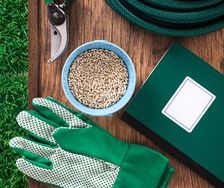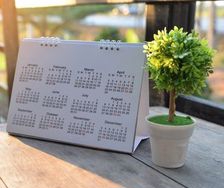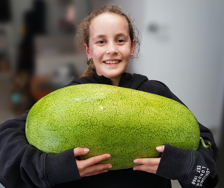Yates Account
Join now
Create a Yates account today!
Sign up to join the Yates Garden Club for monthly e-mails packed with seasonal inspiration, tips for success & exclusive promotions.
Plus if you’re a Garden Club member you can take part in the Yates Growing Community - a blog to share successes, get advice & win prizes in fun challenges along the way!

Forgot password
Enter the email address associated with your account, and we'll email you a new password.
Cyperus spp.

What are Sedges?
Weedy sedges will usually be one of four introduced pest species, that are commonly known as Nutgrass or Umbrella Sedge.
They are all visually similar, but you can tell them apart by the colour of their spiky flowers. Sedges are perennial grasses, that form seeds but mostly spread via rhizomes (especially when soil is relocated, or by contaminated machinery). They are very adaptable and thrive in a wide range of conditions, from dry to very wet. Usually spotted in roadside drains, waste areas, garden beds and wetlands; they may also opportunistically appear in poorly drained lawns.
These sedge species all form flower heads, borne at the top of tall stems, from summer into autumn. Sedge stems have a triangular cross-section, which is the easiest way to tell them apart from grasses. These four species all have a distinctive ‘ruff’ of green spiky bracts radiating out from under each flower head. Their slender, light green leaves only sprout from the base of the plant.

Purple Nutsedge Cyperus rotundus
Purple Nutsedge (Cyperus rotundus) grows to around 40cm tall in NZ. Purple Nutsedge is very challenging to control with weedkillers. It exudes allelochemicals from its roots that are harmful to other plants, allowing it to out-compete native plants and form large clumps. This species reproduces by forming rhizomes, but mature plants also develop multiple tubers that can turn into new plants. These tubers resemble reddish-coloured nuts, which is where the ‘nut grass’ name came from. The top of the stems branch into three smaller stems, bearing purple or rust-coloured flower spikes. Commonly found in the warmer areas of NZ and the Northern half of the South Island.
Yellow Nutsedge (Cyperus esculentus) tubers (AKA tiger nuts or chufa) are cultivated as a food crop in many places around the World, but it’s also widely considered to be an invasive weed. It looks very similar to Purple Nutsedge, although the flower spikes are golden-brown to dark brown in colour. Very common in the Auckland and Northland regions.
Tall Flatsedge (Cyperus eragrostis) is a species of umbrella sedge. Plant height varies from 30cm, up to 90cm. It forms distinctive spiky light yellow-green flower heads, with buff-coloured centres. Common throughout NZ, except for Southern and West Coast regions of the South Island.
Purple Umbrella Sedge (Cyperus congestus) is identifiable by the clusters of spiky dark reddish-purple flower heads, that appear at the top of tall stems (up to 1m). Very common in the Auckland and Northland regions, also found in Hawkes Bay and Canterbury.

Yellow Nutsedge Cyperus esculentus
How to Protect Your Garden
You can control sedges by spraying with Yates Zero Tough, or with a combination of Yates Zero Super Concentrate and Yates Zero Pulse Penetrant.
Rhizomes will often resprout after spraying (Purple Nutsedge tubers are almost certain to resprout), so you may need multiple treatments to get on top of them. To get rid of any rhizomes or tubers, they need to be dug out and burned; make sure they aren’t disposed of in green waste bins.

Tall Flatsedge Cyperus eragrostis
Areas impacted
- Roadsides
- Garden beds
- Waste areas or disturbed soils
- Wetlands
- Creek banks
- Damp lawns
















Share
Share this article on social media